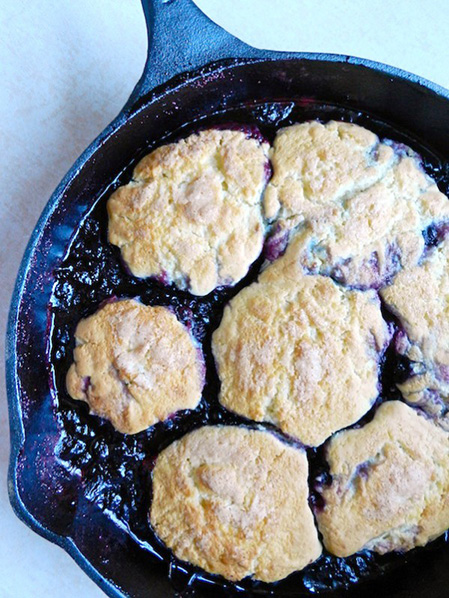“Helping You Find Plants That Work”
by Ana Morlier
Flowers of Pride
Happy July, readers! Summer is truly in full swing, with fun festivals and events aplenty. But let’s focus on the main holiday. We’re talking patriotism, fireworks, gatherings, and cookouts galore. I’m talking about the Fourth of July/Independence Day!
Sure, we can find our cookout and summer crops easily at the grocery store. Who can resist the allure of a shiny, promising watermelon near the checkout? Or failing to leave grocery stores without partaking in sales that leave you with more cherries and corn than you could ever wish for (or eat)? Independence day isn’t just about getting together the perfect haul to have a cookout that outdoes your neighbor’s. Our nation’s independence was achieved through hard work. That hard work extended not just through the fight against suppression and corruption, it continued in daily life, too, when colonists didn’t have the amenity of fast transportation or electricity to keep food cold and convenient as we do now. Come with me, readers, on a journey to understand how the colonists also enjoyed summer crops—through the same determined spirit that granted our nation freedom.
Thanks to prior colonization of the Americas from Europeans and other nations, many of the crops of colonial America are quite similar to the ones we have now. Crops raised at this time of year included many summer delicacies such as watermelon, apples, and stone fruits (peaches, plums, nectarines, etc.). These simple fruits may not seem to be a delicacy to us now, since we can easily find any of these year-round—fresh, canned, frozen, or dried, among other preserving techniques. Such crops were certainly precious to colonists lacking refrigeration or advanced farming techniques to keep growing seasons longer. Besides, what tastes better: canned or fresh? I don’t know about you, but canned watermelon doesn’t exactly sound appealing.
Due to the plentiful nature of wild strawberry crops in Maryland, summer tables in the colonies were often graced with cakes and puddings that utilized the sweet and tangy fruit to elevate flavor and appeal. Strawberry tarts were a common favorite. Preserved strawberries were added to spices and, if available, nuts to make the filling and layered with an available biscuit or pie dough.
To accentuate any dish, spice gardens were essential in the colonies. Seasonings such as allspice, ginger, and cloves were used for cooking and curing meat. One could also find salad greens, such as dandelions, sorrel, and cabbage, in addition to herbs, such as marjoram and thyme. Salads could be served cold. However, due to the versatility of the greens and the influence of English cuisine, these greens were often cooked then served. This was known as pot salad and typically filled with rich dressings and served at “supper” midday.
Potatoes and corn were also staples. Cornmeal was commonly used in breakfast breads or chowders. Potatoes were also used in soups and chowders, which were substantial and hearty dishes. Root vegetables, stored or fresh, were also used and complemented soups and chowders (which were popular dishes in Maryland, considering the thriving seafood trade).
The aforementioned fruit, as well as raisins, currants, and cranberries, was commonly utilized in “intermeal eatings” (snacks), especially important in keeping hungry children at bay. Slumps, grunts, and brambles were all synonyms for the same concept of topping fruit with a biscuit dough, then steaming the fruit and dough together, resulting in a sweet-savory confection. Another popular colonial snack was known as “Betties.”
Spiced fruits (usually currants and raisins complemented the dish, but apples were used most commonly) were topped with breadcrumbs. The fruit was the standard source of sweetness, besides molasses. Some desserts (such as apple pie) were even eaten as a main course for suppers—as supplies for it (butter, eggs, flour) were quite expensive or rationed.
I hope you try some of these colonial-era foods! May they inspire you to change up your typical celebration spread and honor our ancestors. Happy Independence Day, readers!

Colonial-era “slumps” with biscuit dough dumplings, topping a blackberry fruit base.
Credit to: Food Timeline: Maryland, Maria Scinto of Our Everyday Life (For colonial pastries), Theresa McCulla of Harvard Library, A Taste of History, and Taste of Home.

